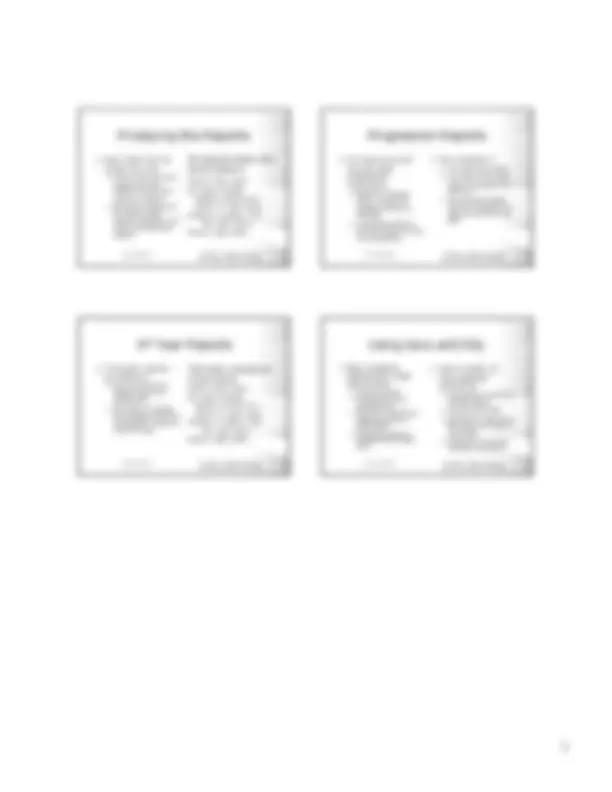



Study with the several resources on Docsity

Earn points by helping other students or get them with a premium plan


Prepare for your exams
Study with the several resources on Docsity

Earn points to download
Earn points by helping other students or get them with a premium plan
Community
Ask the community for help and clear up your study doubts
Discover the best universities in your country according to Docsity users
Free resources
Download our free guides on studying techniques, anxiety management strategies, and thesis advice from Docsity tutors
The process of designing and generating reports for a university database system using sql and java. It covers the creation of tables from an e/r diagram, the declaration of keys, and the generation of progression and degree classification reports. The document also discusses the use of temporary tables and the differences between first and second year reports and third year reports.
Typology: Slides
1 / 2

This page cannot be seen from the preview
Don't miss anything!


SQL and Java G52DBS – Database Systems www.cs.nott.ac.uk/~smx/DBS
Each student is enrolled in a number of modules. The modules each have a title, code, and credit weighting and students have IDs, first and last names. For each enrolment a student has we record the year that the module was taken and the mark achieved. The exam board also needs to know what year a student is currently in
First
Last
Year
Grade
Year
Title
Code
Credits SQL and Java G52DBS – Database Systems www.cs.nott.ac.uk/~smx/DBS
SQL and Java G52DBS – Database Systems www.cs.nott.ac.uk/~smx/DBS
SQL and Java G52DBS – Database Systems www.cs.nott.ac.uk/~smx/DBS
SQL and Java G52DBS – Database Systems www.cs.nott.ac.uk/~smx/DBS
SQL and Java G52DBS – Database Systems www.cs.nott.ac.uk/~smx/DBS
class ExamReportGenerator { Connection conn; connect(…); produceYear1Report(…); produceYear2Report(…); produceYear3Report(…); disconnect();
public static void main( String args[]) { … } }
SQL and Java G52DBS – Database Systems www.cs.nott.ac.uk/~smx/DBS
Create temp table For each student Compute statistics Store in temp table Produce a report from the temp table Delete temp table
SQL and Java G52DBS – Database Systems www.cs.nott.ac.uk/~smx/DBS
SQL and Java G52DBS – Database Systems www.cs.nott.ac.uk/~smx/DBS
Create temp table For each student Compute statistics Store in temp table Produce a report from the temp table Delete temp table
SQL and Java G52DBS – Database Systems www.cs.nott.ac.uk/~smx/DBS